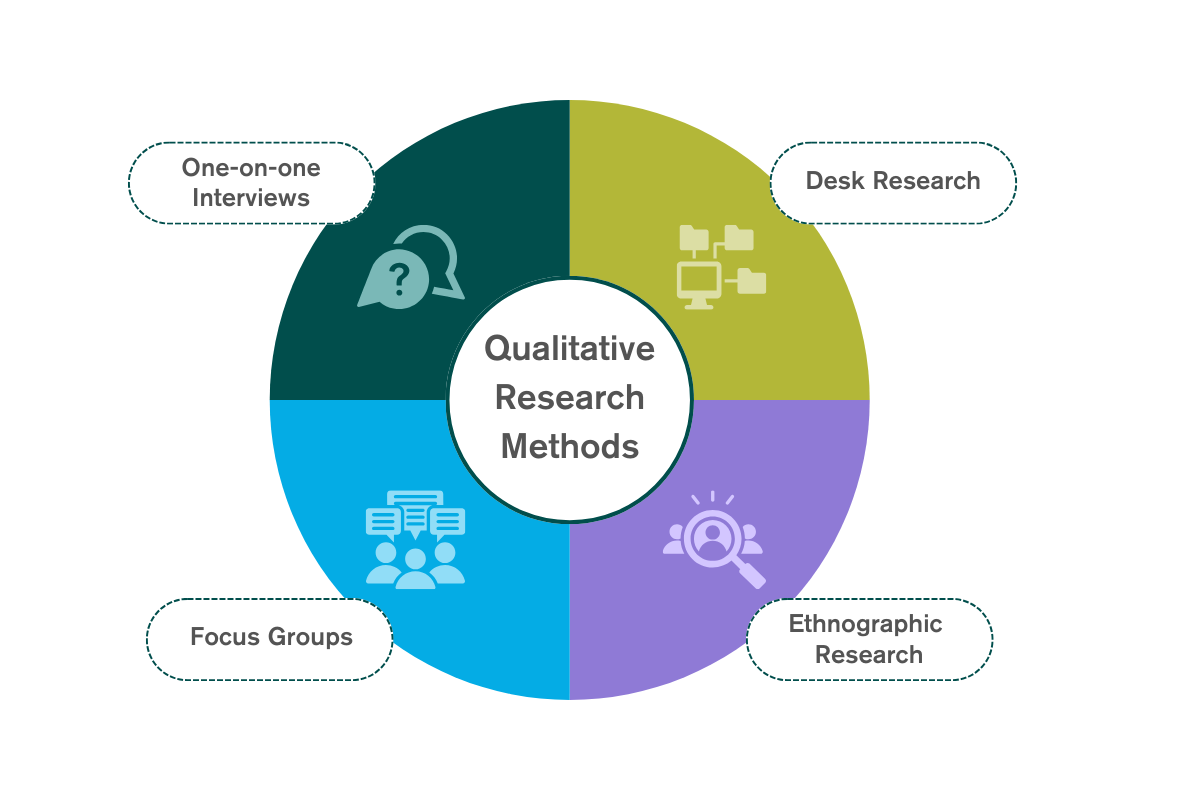Capability
B2B Competitor Benchmarking
The true factors that differentiate your brand from the competition are hard to discern. B2B competitor benchmarking gives greater clarity on your brand perception in the market.

Why choose us
The competitive intelligence firm you can believe in
How does your brand really measure up against the competition? And what makes it different in the eyes of the customer? Our competitor benchmarking samples users of different products and tells you where you can compete on product, pricing, and customer service.
High quality data
Data sourced from computer-assisted telephone interviews or video interviews – no online survey panels. Get insights from real people with real expertise.
Greater efficiency
A streamlined research process that saves time and resources, while also uncovering clearer insights.
Genuine B2B expertise
A team of B2B experts that know what’s important to you and your industry.

Use Cases
B2B competitor benchmarking
Product development
Benchmarking against competitors helps you to find out what specific features could differentiate and enhance your product in the eyes of customers.
Solution benchmarking
Competitor benchmarking helps you to understand the impact of your marketing messaging. Are you effectively communicating your unique value proposition and the key advantages of your products?
Marketing strategy optimization
B2B competitor analysis tells you where to direct time and resources in your marketing strategy. Where are your competitive strengths and weaknesses?
Competitive claims
Competitor benchmarking is valuable for generating competitive claims. This can be used in marketing and sales materials to demonstrate where your brand has an edge on competitors.
Mergers & acquisitions
B2B competitor analysis evaluates the strengths and weaknesses of a target acquisition. It is used to establish a brand’s true market value prior to acquisition, and the impact of efforts to increase awareness and consideration in the post-acquisition phase.
Our process
Custom-built B2B competitor analysis
Every one of our B2B competitor benchmarking studies is custom-built from scratch. No more off-the-shelf research.
Define your research objectives
An initial meeting to understand your brand challenge or opportunity to inform our research plan.
Project kick-off
We meet with your internal stakeholders to align on the competitors to benchmark against and markets.
Design interview materials
We custom design the interview discussion guides and/or questionnaires and edit until you sign-off.
Interview programming and setup
This is managed by our in-house team to make sure we have ultimate quality control.
Recruit real decision-makers
We recruit, screen, and validate the identities of relevant decision-makers in your target audience.
Data collection
We conduct live interviews with a representative sample of relevant decision-makers.
Analysis and reporting
We analyze the data collected by relevant variables and report clear and actionable insights in a short slide deck.
Define the problem
We provide key recommendations on how to derive value from the insights and present the findings.
Featured CAse Studies
Brands benchmarking against competitors
Faqs
Competitor benchmarking FAQ
Here are some FAQs about competitor benchmarking.
What is competitor benchmarking?
Competitor benchmarking measures how a brand is perceived by the market versus its competitors. Using market research, a competitive intelligence firm[GU1] identifies key differentiators where a brand can compete on product, pricing and customer service.
It provides comprehensive insight into:
- How your brand compares to competitors in meeting customer needs
- Brand strengths, including key differentiators that you can capitalize on in your business and marketing strategy
- Brand weaknesses, including specific areas where you can improve your brand awareness or perception, versus your competitors
What are the advantages of competitive benchmarking?
It is challenging to evaluate how your brand measures up to the competition in the eyes of your target market. The advantages of competitive benchmarking are that it allows you to identify and seize market opportunities where your brand is differentiated. This can give you an edge in a competitive market landscape, particularly when it comes to launching new products, new market entry, and growing your market share.
How do you do competitive benchmarking analysis?
Competitive benchmarking analysis is conducted using both qualitative research and quantitative research. It often involves asking customers and prospects about the different brands and products that they use, and comparing their experiences, pain points and satisfaction. Virtual depth interviews provide detailed insight into how your brand and competitor brands are perceived by target customers, what aspects of the experience are painful or positive, and what factors they take into consideration when choosing a product. Quantitative interviews then capture metrics to benchmark performance, determine areas of relative strength and weakness, and identify white space opportunities to address unmet needs.
What metrics are used in benchmarking against competitors?
A wide range of metrics are used in benchmarking against competitors. This can include brand health metrics, like awareness, consideration and interest, and usage (overall and for specific products). It also includes capturing perceptions, satisfaction and experiences with brands, a hierarchy of needs, and drivers of strong engagement. These metrics provide insight into brand strengths and weaknesses but also help to prioritize where to focus resources to have the greatest impact on driving engagement with prospects and customers.
What role does a brand map play in B2B competitor analysis?
A brand map is used in B2B competitor analysis to visually represent the brand position of your brand and competitors within your market. It is based on key attributes such as product and service features, price, and brand perception. Brand mapping helps you to understand your brand and competitors’ relative strengths, where gaps in meeting needs exist, and how to differentiate yourself from competitors. This insight is useful for informing the strategic direction for business planning, marketing campaigns, product launches and go-to-market strategies.




